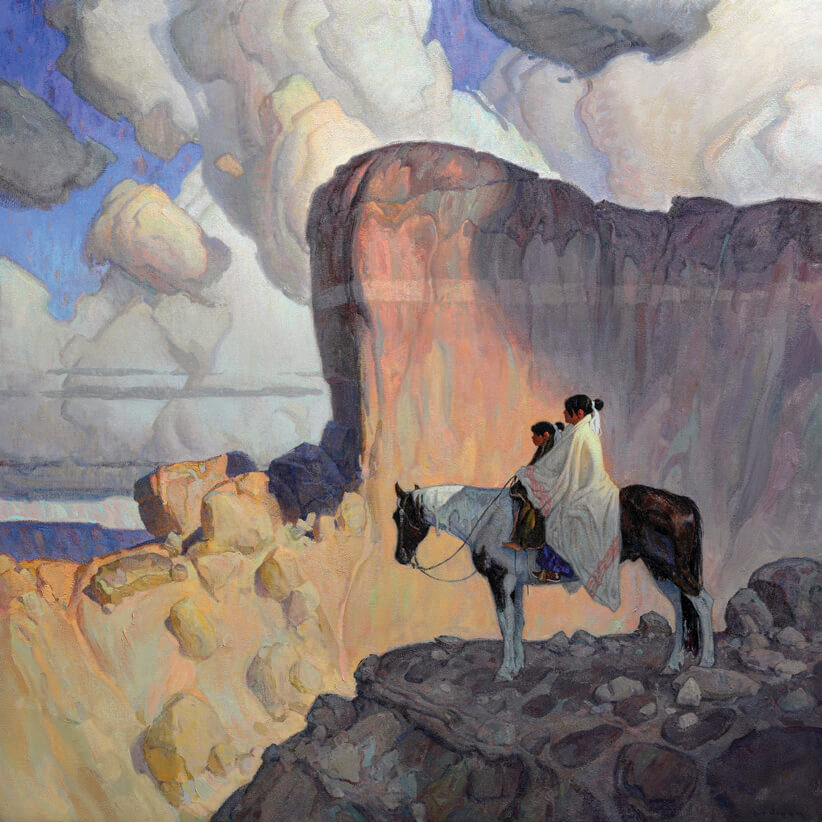
05 May Editor’s Note: The Art of Collecting
We all understand that the act of creation is a vital way for artists to express their feelings and thoughts about the world. Collectors also know that displaying art serves as a means of self-expression. The artwork we have on view in our homes can send a clear and powerful message about who we are — how we see the world and the ideas we value.
Collecting art helps each of us share our personalities and tell our stories. Each aesthetic creation we display expresses its own unique narrative, whether through the subject or emotions it depicts, the work’s symbolism, the artist’s own life story, or how artwork reflects history or current events. Art helps us share stories about ourselves, the places we’ve been, the people we’ve met, and the moments we’ve cherished.
In each issue of WA&A, we shed some light on the creative processes and artistic intentions behind the work to help you connect with it more deeply. The efforts and life histories of the artists and architects profiled in each issue never cease to amaze or surprise me.
Take, for example, sculptor Richard Greeves. The artist has dedicated most of his life to researching the Corps of Discovery and retelling the story from the Native American perspective. While each bronze work is powerful on its own, Greeves’ fascination with Lewis and Clark and his desire to share this side of the story adds an element of historical interest that makes the work all the more intriguing (“From the Journals,” pg. 122).
Understanding artist Laney’s background as an environmentalist adds another dimension to appreciating her landscape and wildlife paintings. The artist shares that she uses her art as “environmental education to wake people up to what nature is and what’s at stake.” Laney has spent countless hours outdoors, studying habitats and animal behaviors. To paint her subjects is to honor them (“Portraying the Private Lives of Animals,” pg. 134).
A story that’s not immediately visually apparent is one the Tacoma Art Museum urgently desires to tell. Behind the alluring appeal of well-known landscape paintings, we learn about the Native American tribes that have long resided on the land depicted. The museum calls our attention to the dominant culture’s subconscious erasure of Indigenous histories, a complex and important idea that goes far beyond beautiful imagery (“Creating Context,” pg. 146).
Architecture, too, tells us stories about ourselves. The principles of Modernism reveal cultural values, such as experimentation with form, minimalism, and an emphasis on materials and technologies (“Pause, Reflection, and Visual Delight,” pg. 140). And we see how the Sonoran Desert requires its own form of innovation when creating landscaped environments (“Rendering,” pg. 102).
What does your art collection say about you? What design principles did you focus on when building, decorating, or purchasing your home? I hope that in this issue of WA&A, you connect to the creative people profiled inside. I hope you find glimpses of yourself, others, or ideas you appreciate throughout these pages.
Christine Rogel, Editor in Chief
christine@westernartandarchitecture.com






No Comments